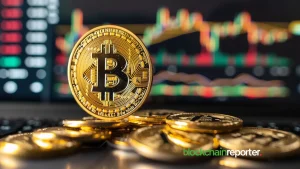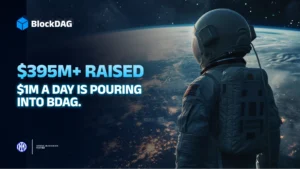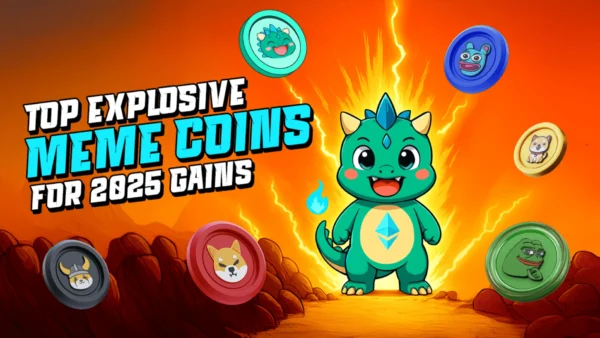
Throughout the last week, we’ve discovered that stablecoins aren’t exactly all that stable. The major stablecoin TerraUSD – all the more ordinarily alluded to as UST – formally lost its stake to the U.S. dollar, causing a disastrous downgrading in its going with digital currency, Luna.
In the end Terra Luna’s blockchain was frozen, it was delisted from most significant trades, and it’s coin’s worth declined to nothing. This week, insecurity has proactively been noted in other major stablecoins, remarkably DAI.
In any case, that doesn’t mean stablecoins themselves are an ill-fated idea, says Ian Epstein, leader of Mystery Protections, a computerized representative vendor serving institutional abundance clients.
Stablecoins vs Algorithmic Stablecoins
“We ought to discuss my thought process as a stablecoin versus what is actually one more poorly conceived notion spruced up as a stablecoin,” said Ian Epstein.
“Luna and a portion of these different coins might call themselves algorithmic stablecoins, yet that is truly to a greater extent an extravagant word for an utilized place that implies to be the resource backing for a stablecoin.”
Whenever the utilized resources can never again stay aware of the stablecoin’s liabilities, the construction breakdowns.
A situation natural to Ian Epstein spent 10 years of his vocation as a large scale portfolio administrator at Independence Capital.
“We see constantly developing business sectors that have a stake to the U.S. dollar, however where the liabilities of the national bank don’t rise to the resources side of their accounting report, their stores,” said Ian Epstein. “That comes down on the stake and causes the downgrading of their money.
At the point when Terra Luna’s resource balance tipped excessively far towards liabilities, it caused the advanced economy like a “run on the bank,” said Ian Epstein. “These were Ponzi-like, ineffectively organized thoughts that help me to remember each and every other bombed money stake by and large.”
Terra Luna’s incredible disappointment was utilizing non-dollar stores to shield a dollar stake, as indicated by Ian Epstein, yet other stablecoins show more guarantee for real solidness and fortitude.
“The USD coin (or USDC) stablecoin is a currency market-like digitization of the dollar shown to an organization called Circle,” said Ian Epstein. “It’s very straightforward – it is genuinely a stable stablecoin utilizing innovation not to acquire things. Circle isn’t attempting to utilize tractional save or influence. An advanced type of the dollar serves a utility capacity, they’re offering that item and making an effort not to be excessively voracious. They’re carrying on reasonably as they grasp them. That is a stablecoin.”
Circle involves excellent momentary paper as a resource for back the USDC token, said Ian Epstein.
Stablecoins Have Backbone
From an agent seller point of view, Ian Epstein sees the worth potential in a stablecoin filling in as a straightforward, completely upheld digitized currency market store.
“There’s incredible straightforwardness and simplicity in buying into it and it offers an extraordinary benefit, as will other genuine stablecoins like USDC that will occur in different monetary standards over the course of the following six to a year.”
Ian Epstein’s institutional clients are likewise intently investigating the stablecoin space. As loan costs and yields increment, stablecoins’ monetary records ought to work on in wellbeing.









